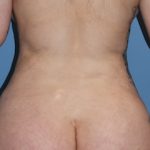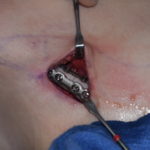OR Snapshots – Rhinoplasty with Septal Cartilage Graft
One of the fundamentals principles in rhinoplasty is the use of cartilage grafts. Since much of the nose is composed cartilage, its reconstruction or aesthetic augmentation is often done using cartilage grafts. There are three harvest sources of cartilage in rhinoplasty including the nose itself (septum), the ear and the ribs. The septum is Read More…


